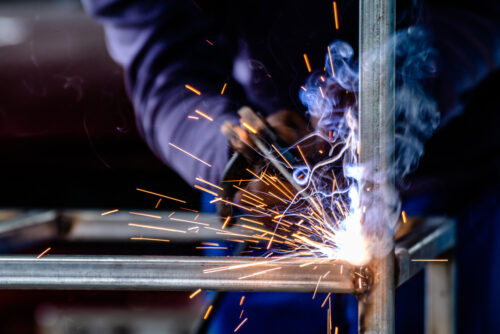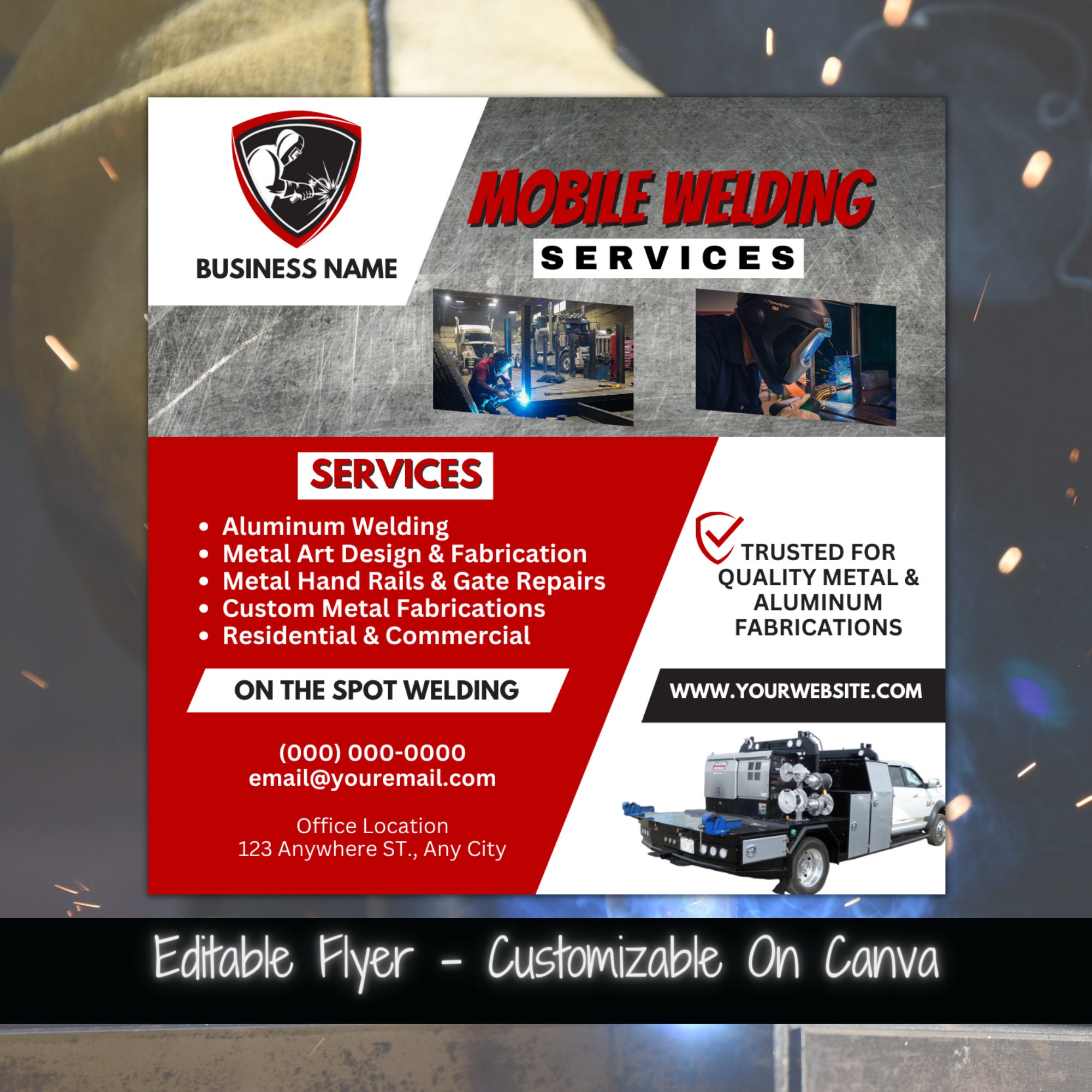Understanding the Various Types of Welding Techniques and Solutions Readily Available

Summary of Welding Strategies
Welding strategies include a diverse variety of techniques made use of to sign up with products together completely. One typical approach is arc welding, which includes creating an electrical arc between an electrode and the base material to thaw and fuse them together. This technique is functional and can be used with different steels, making it among the most commonly made use of welding processes.

In addition, TIG welding, or Gas Tungsten Arc Welding (GTAW), is a tidy and specific welding method that makes use of a non-consumable tungsten electrode to develop the weld. TIG welding is generally made use of for thinner products and supplies superb control over the welding process. On the whole, recognizing these numerous welding techniques is essential for choosing one of the most ideal technique for different projects.
Commonly Used Welding Methods
A series of typically utilized approaches are utilized in the field of welding to efficiently join products together. Among one of the most widely used strategies is Gas Steel Arc Welding (GMAW), also referred to as MIG welding. This approach utilizes a wire electrode that is fed with a welding gun, along with a securing gas to secure the weld from impurities in the air. Another usual technique is Shielded Steel Arc Welding (SMAW), or stick welding, which uses a flux-coated electrode to develop the weld. Tungsten Inert Gas (TIG) welding is preferred for its precision and convenience, using a non-consumable tungsten electrode to create the weld. Flux-Cored Arc Welding (FCAW) is generally utilized in commercial settings as a result of its high welding speed and mobility. In Addition, Submerged Arc Welding (SAW) is ideal for developing deep welds on thick materials. These frequently utilized welding methods accommodate various needs and products, offering choices for numerous welding applications.
Advanced Welding Solutions
Structure upon the foundation of frequently used welding approaches, the world of sophisticated welding solutions encompasses innovative strategies and modern technologies that push the limits of accuracy and efficiency in material joining processes. Advanced welding services frequently entail specialized methods such as laser welding, electron beam of light welding, and rubbing mix welding. Laser welding utilizes a highly focused beam of light of light to specifically sign up with steels with minimal heat-affected zones, making it optimal for fragile or intricate parts. Electron beam welding, on the other hand, employs a high-velocity electron beam to produce deep weld infiltrations in materials like aerospace alloys or dissimilar metals. Friction mix welding, a solid-state signing up with process, enables the welding of products that are testing to fuse utilizing standard approaches, like light weight aluminum and copper. These innovative techniques use improved control over the welding process, resulting in stronger, much more sturdy welds with lowered distortion and boosted overall quality.
Specialized Welding Techniques

Another specialized welding strategy is laser beam of light welding, where a very concentrated light beam of light is made use of to sign up with metals with very little heat-affected zones and distortion. These specialized welding methods showcase the diversity and technology present in the field of welding, supplying solutions for a large array of commercial applications.

Picking the Right Welding Process
Choosing the proper welding process is vital in attaining ideal lead to steel fabrication and joining operations. With different More Bonuses welding strategies available, it is crucial to consider variables such as the type of steel, thickness, joint style, and preferred end outcome when picking the best welding process - Welding Inspection Service. Among the typical welding approaches are Gas Metal Arc Welding (GMAW), Secured Metal Arc Welding (SMAW), Gas Tungsten Arc Welding (GTAW), and Flux-Cored Arc Welding (FCAW) GMAW, also referred to as MIG welding, is suitable for welding thin to thick metals and is flexible in numerous placements. On the various other hand, SMAW, or stick welding, is a trustworthy approach for outside and field welding because of its mobility and simplicity. GTAW, or TIG welding, is excellent for welding thin products and supplies high-grade and specific welds. FCAW is favored for click for more info welding thick materials and is understood for its high welding rates. Recognizing the qualities of each welding process is important in selecting one of the most suitable method for a specific welding project.
Verdict
Finally, comprehending the different types of welding strategies and services readily available is vital for selecting the right approach for a details job. By knowing the typically used welding approaches, advanced welding services, and specialized techniques, people can make informed choices to ensure the success of their welding jobs. It is essential to consider aspects such as products, project needs, and budget plan when choosing one of the most suitable welding procedure.
From typical methods like stick welding to advanced procedures such as laser welding, the globe of welding provides a wide variety of alternatives for joining steels with each other.Additionally, TIG welding, or Gas Tungsten Arc Welding (GTAW), is a exact and tidy welding method that utilizes a non-consumable tungsten electrode to produce the weld. Advanced welding solutions commonly involve specialized techniques such as laser welding, electron light beam welding, and friction view website mix welding. Among the usual welding methods are Gas Steel Arc Welding (GMAW), Protected Steel Arc Welding (SMAW), Gas Tungsten Arc Welding (GTAW), and Flux-Cored Arc Welding (FCAW) By being conscious of the commonly used welding techniques, advanced welding solutions, and specialized strategies, individuals can make informed decisions to guarantee the success of their welding jobs.